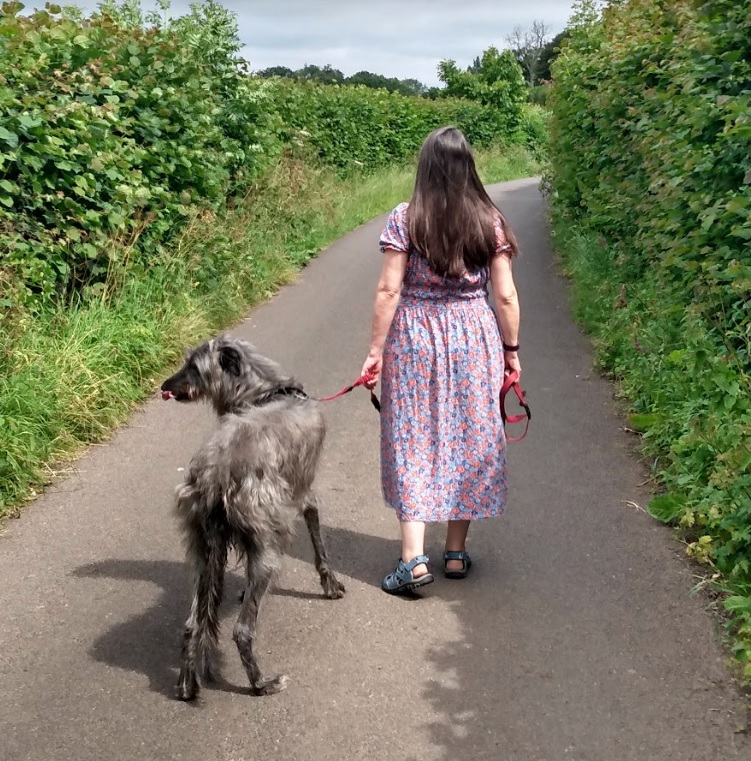
Did you know that “a frog’s ear drum is located outside its body behind its eye”?
How about “the human eye weighs about 7.5g”?
I know I’m not the only one who loves facts like these ones. How many of us enjoy sharing newly found snippets of knowledge with our nearest and dearest? Me. Me. Whether they want to hear or not. Yep, me too. I know my children do. If they have a good book, full of facts, there will be a constant chorus of “Did you know….” I love it.
Many moons ago, I did a combined degree in Psychology. At an early age, the subject puzzled my children. They couldn’t quite grasp how I could spend three years studying the brain. They were used to the image of the brain as a wrinkly, pulsating blob, usually depicted in a tank, featuring in cartoons and mad scientist programmes. Or hidden, out of sight, in our skulls. It did the thinking.
As they grew and learnt more about science, they gradually understood. It is a strange concept. All your memories, ability to move, perception etc controlled by something that resembles an over large walnut. A tendency to trick us.
(Plus we use our brain to understand the brain……. Mind blowing.)

With this thought, I was very excited to discover Brain Lab for Kids. It contains 52 experiments and activities for children to do, exploring the brain function. These are broken down into sub categories of the physical makeup of the brain, perception, movement and memory. Each designed to help understand a little bit more about how the brain works, with extra notes to expand understanding.
I tried out a few of the experiments with my 10 year old son. Setting up was easy for him to follow. We tried the eardrum model first. They suggest using a cookie tray to make a loud noise. We found using a cardboard tube made the rice grains jump more on our eardrum model. For the next stage, he really needed an adult. There are interesting facts and explanations, which we went through together. I think he would have skipped this stage, if I wasn’t there.
I can’t blame him. So many other enticing experiments and activities to do.

Next we moved on to the Stroop effect. He had fun with this one, as he tested both his sisters too. Basically two lists of colours. First list contains the words written in the corresponding colours. eg red in red ink. The second list uses any colour to write the words, eg the word blue written in green ink.
We timed how long it took to say each list. Not the word, but the colour of the ink used. He recorded each set of times in a table. It was fun and the explanation was clear.
 We went on to look at some of the memory and touch experiments too. Also the blind spot experiment. He particularly liked the memory implanting experiment. He found all of it intriguing and I can see us doing more. He is curious.
We went on to look at some of the memory and touch experiments too. Also the blind spot experiment. He particularly liked the memory implanting experiment. He found all of it intriguing and I can see us doing more. He is curious.

Verdict: We had an enjoyable afternoon, having fun and learning a bit more about the brain. There is so much to do in this book that I can see us spending more afternoons having a go at some of the activities. So often with these books, only a fracture of the activities tempt you to try them. Not this one. I don’t think there is one dud in this book.
The experiments and activities were straight forward for my 10 year old to do. The explanations were clear, maybe too lengthy to be called bite-sized which is the format most information is delivered to this age group. An adult is definitely needed.
Age: I think this gives a brilliant introductory to psychology and neuroscience for children. It is targeted at 7 to 11 year olds, but I think this is wrong. Seven year olds will enjoy doing the experiments and models, but I think the explanations are aimed at an older age group. With encouragement my 10 year old took the time to understand. I know my 13 year old daughter would get even more out of this book. Her 15 year old sister is considering studying A level Psychology. I’ll be encouraging her to flick through it, especially for the explanations.
I’m sure the book would appeal to 7 to 14 year olds, with an interest in science. It doesn’t patronize or try to make jokes. It uses the scientific terms.
Price: £12.99
Hopefully, my youngest understands a little bit more about psychology and how the brain works. I’m looking forward to trying the Benham’s disk. Just need to find an old CD and a marble now. Oh, and paint. (edited: we did and it worked. Over on my Instagram grid.)
(*affiliate link included)
Disclaimer: I was sent a copy of Brain Labs for Kids from the publisher in exchange for an honest review. I always give my true opinion of the product in reviews.




This is such a great book. We love it. We have been working our way through some of the experiments and my girls have been learning lots.
#TheGreatToyReveal